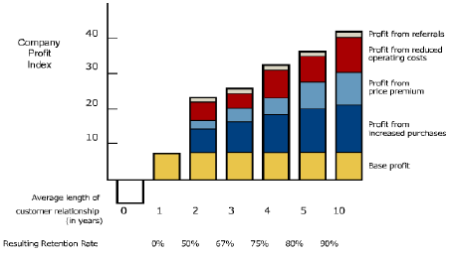In his Are You Selecting Your Customers…Or Are They Selecting You? presentation at CSIA 2010, Dean Streck, CEO of V I Engineering, encourages the use of Activity-Based Costing (ABC) to identify, describe, assign costs to, and report on operational performance. A more accurate cost management system than traditional cost accounting; ABC identifies opportunities to improve business process effectiveness and efficiency by determining the “true” cost of a product or service. ABC principles are used:
- To focus management attention on the total cost to produce a product or service, and
- As the basis for full and accurate cost recovery.
Support services are particularly suitable for activity-based resourcing because they produce identifiable and measurable units of output.
4 Steps to Knowing Your ABCs
Dean goes on to recommend some basic steps to implementing your Activity-based Costing system.
Identify activities—perform an in-depth analysis of the operating processes of each responsibility segment. Each process may consist of one or more activities required by outputs.
Assign resource costs to activities—this is sometimes called “tracing.” Traceability refers to tracing costs to cost objects to determine why costs were incurred.
Identify outputs—identify all of the outputs for which an activity segment performs activities and consumes resources. Outputs can be products, services, or customers.
Assign activity costs to outputs—assign activity costs to outputs using activity drivers. Activity drivers assign activity costs to outputs based on individual outputs’ consumption or demand for activities. For example, a driver may be the number of times an activity is performed (transaction driver) or the length of time an activity is performed (duration driver).
As also discussed in my project cost accounting post, this is a vital step in an integrator’s ability to maximize the profitability. It becomes impossible to run the business from macro-level – simply tracking overall receivables and payables versus the total labor cost. You must be able to account for your finances on a project-by-project basis.
Customer Lifetime Value
By performing Activity-Based Accounting, you can ultimately assign a customer lifetime value(CLV) for your accounts. The CLV is the present value of the future cash flows attributed to the customer relationship. Use of customer lifetime value as a marketing metric tends to place greater emphasis on customer service and long-term customer satisfaction, rather than on maximizing short-term sales.
Customer Selection (Part 4-4) – Customer Migration Techniques



 Posted by Jack Barber
Posted by Jack Barber 